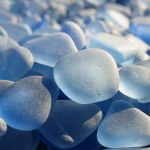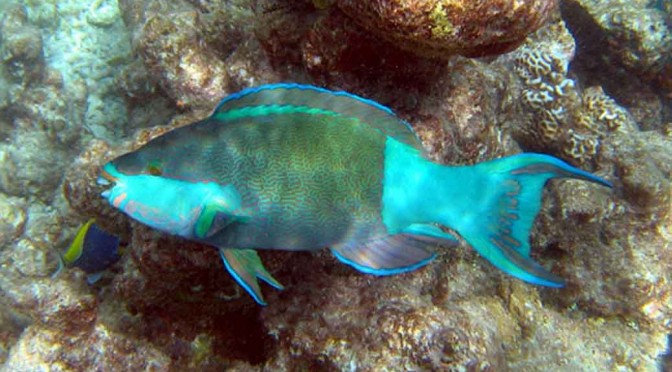By Anupum Pant
If you didn’t know, most white sand you see on some beaches around the world, has at some point in time, passed through a fish called the parrot fish. It’s an amazing ecological role the parrot fish plays.
An interestingly similar ecological role is served by a marine animal with a very leathery skin called the sea cucumber. Professor Ove Hoegh-Guldberg explains why these organisms have such an important role in the marine environment.
Basically, while scavenging for algae or minute aquatic animals, sea cucumbers ingest a lot of sand. As it passes through their bodies, the digestive system increases the pH of the sand, making it more basic. When this comes out, the sand is clean and turned basic. This way it plays a chief role in countering the negative effects of ocean acidification.
It also helps coral reefs survive by supplying them with calcium carbonate (a by product of its digestion process) and helping them maintain a net inflow of calcium carbonate.
The ammonia that comes out also makes the bed more fertile, making it much more suitable for coral reefs to grow.
Watch these underwater vacuum cleaners in action below.


